QR codes have transformed from a novelty to a strategic asset for QR code marketing, connecting offline engagement with online action. For manufactured home repair services, QR codes offer a frictionless and effective way to boost service bookings, streamline customer communication, and provide instant access to essential repair information, requiring no app downloads or complex setups.
Mobile home repair teams and modular home maintenance professionals often struggle to convert high-value prospects who interact with print collateral but never reach out. Slow response times resulting from manual intake processes and disconnected channels give competitors an advantage, while widespread service territories make cohesive customer engagement challenging. QR codes eliminate these traditional barriers, offering homeowners a seamless entry point to request repairs, access tips, or schedule inspections with just a scan.
By strategically integrating QR code solutions throughout the entire customer journey, manufactured home repair services not only enhance operational efficiency but also address deeper pain points, such as lost visibility into anonymous interest, late capture of potential leads, and the difficulty of tying physical marketing efforts to actual revenue through Sona’s revenue attribution. The following sections show how to use QR codes to modernize client interactions and elevate manufactured home repair services.
How to Achieve Real-Time Customer Engagement in Manufactured Home Repair Services Using QR Codes: A Step-by-Step Guide
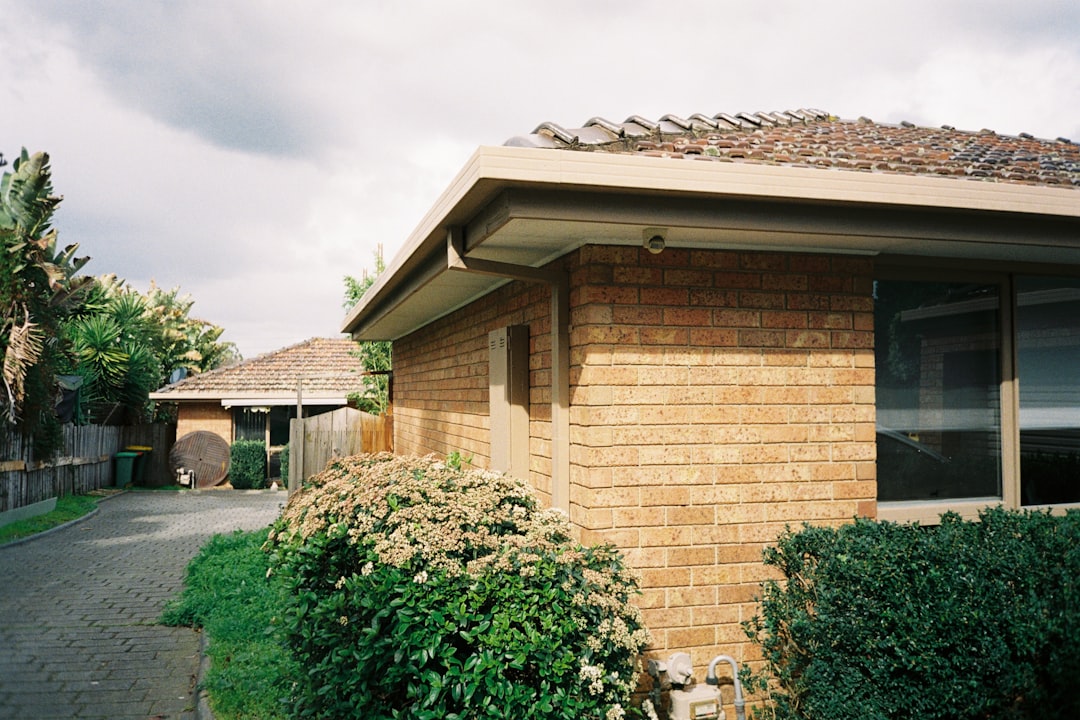
QR codes bridge the gap between physical touchpoints and digital outcomes, making it easier to reach business goals such as higher appointment rates, more qualified leads, and efficient service scheduling. When a homeowner sees a yard sign or receives a maintenance flyer, a scan can immediately open a booking flow, a self-service triage form, or a repair tutorial. The result is less drop-off, faster response, and a measurable path from interest to action.
High-value prospects may remain untracked if they do not call or fill out a form, and interest from print materials can go uncredited. To counter this, use QR-enabled workflows to capture intent the moment it occurs. Replace analog handoffs that depend on memory and manual data entry with automated intake and routing that does not miss a beat.
Here is how to do it effectively:
- Deploy customized QR codes across assets: Place branded QR codes on brochures, service vehicles, repair documentation, yard signs, and door hangers. Each scan should route to a mobile-friendly next step such as “Request a Repair,” “Get a Cost Estimate,” or “See Troubleshooting Guide,” and sync to your CRM so interactions are automatically logged, even when they would otherwise be missed.
- Retire outdated analog processes: Replace paper order forms, clipboards at events, manual sign-in sheets, and appointment cards with QR-enabled forms and scheduling. Homeowners can scan a sticker on their maintenance manual to book an inspection or initiate a warranty claim, reducing delays and capturing clean data at the source.
- Define clear success metrics: Track time-to-schedule from first scan, conversion rate by placement, and lead volume by channel. For example, measure how many customers book within 10 minutes after scanning a code on a maintenance postcard or how many appointment requests originate from a decal on your service truck.
- Design for clarity and scannability: Use high-contrast borders, readable short URLs as a fallback, and benefit-driven calls to action such as “Scan to Schedule Repair” or “Scan for Winterization Tips.” Place codes at eye level in high-traffic areas like park entrances, sales office counters, and community bulletin boards to reduce friction and increase scan rates.
- Leverage real-time tracking and routing: Use a professional platform to count scans, enrich contacts with location and device data, and route leads to the right dispatcher or technician. Automate SMS or email follow-up that confirms receipt, offers self-service content, and invites scheduling before a competitor can respond.
Professional QR platforms such as Sona QR enable teams to update destination links on the fly, segment audiences by scan context, automate lead scoring and routing, and unify analytics across every code. That flexibility is essential for regional repair providers who need to move quickly, adjust offers seasonally, and respond immediately when a homeowner signals intent.
Why Do QR Codes Matter for Manufactured Home Repair Services?
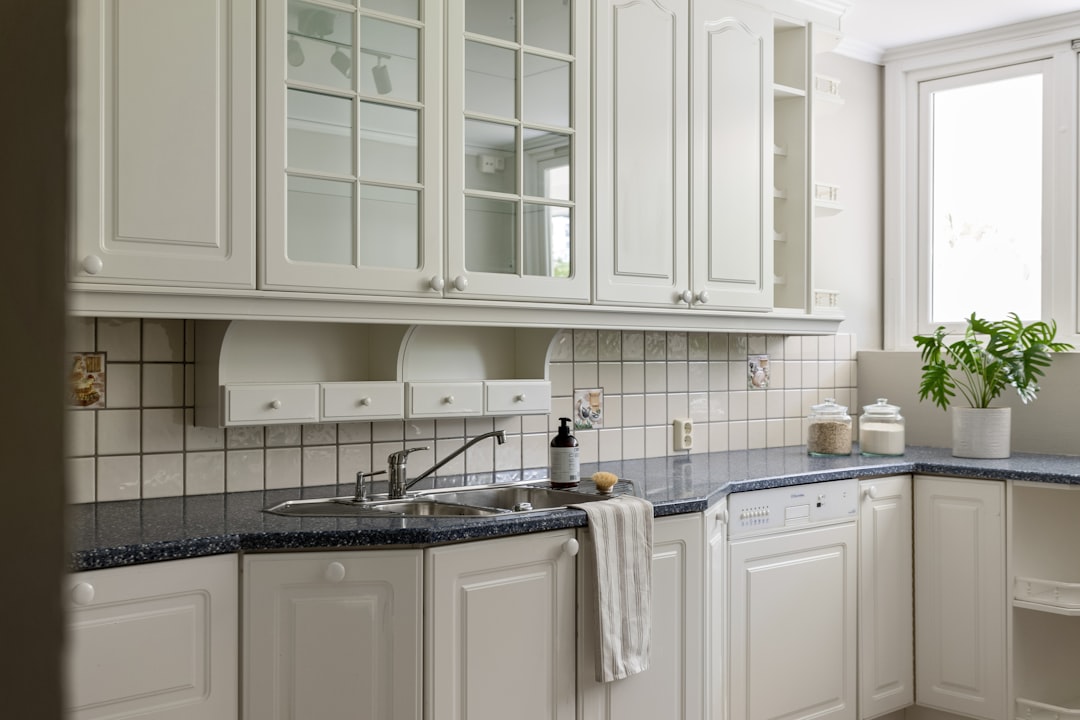
QR codes address persistent challenges across the manufactured home repair sector with simple, measurable, and scalable solutions. They turn passive interest into an actionable signal and help teams close the loop between physical marketing and digital conversion, as shown in these home repair use cases.
- Bridging offline to online gaps: Homeowners notice decals, yard signs, or flyers, but their interest often fades before they visit your website. A QR scan creates an instant path to a booking page, a repair cost calculator, or a troubleshooting video, eliminating the extra steps that cause drop-off and ensuring you capture engagement that would otherwise remain anonymous.
- Enabling speed and simplicity: In urgent situations such as a roof leak or plumbing issue, homeowners want immediate help. A QR code in a welcome packet or on a maintenance sticker offers one-touch access to the right form or hotline, so you do not rely only on phone calls or web searches that invite delays.
- Dynamic content and flexibility: Printed materials like maintenance guides or seasonal flyers go out of date quickly. Dynamic QR codes let you swap destinations without reprinting. Update winterization checklists in the fall, link to storm-recovery resources after a weather event, or rotate promotions as inventory and staffing change.
- Reliable tracking and measurable attribution: Traditional print has weak attribution. QR analytics reveal exactly which postcard, community bulletin board, or vehicle decal drove an inquiry. With scan counts, locations, and timestamps, you can allocate budget to the assets that produce bookings and phase out underperformers.
- Cost effectiveness and data-driven results: QR codes are inexpensive to generate and deploy at scale across signs, invoices, inserts, and manuals. They create data trails for each scan, giving you visibility into the value of every printed asset and helping you optimize spend without sacrificing reach.
For manufactured home repair teams, these benefits apply directly to common materials such as appointment cards, warranty disclosures, inspection checklists, and door hangers. By making each item scannable, you shorten the path to action and convert printed touchpoints into measurable drivers of revenue.
Common QR Code Formats for Manufactured Home Repair Service Use Cases
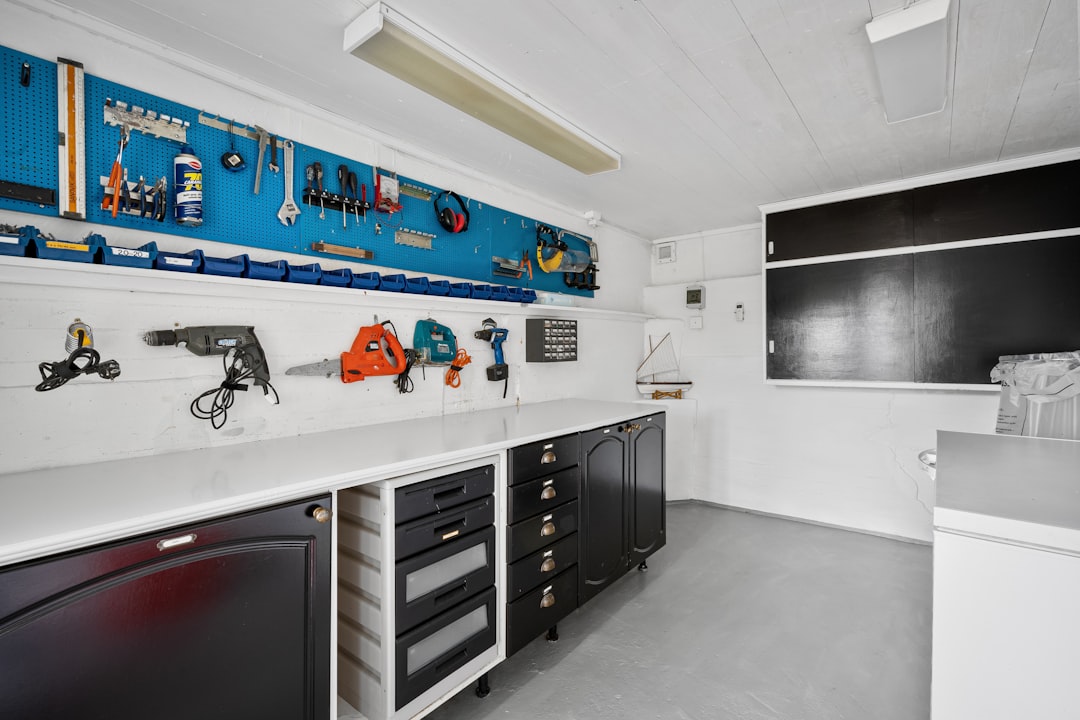
Selecting the right QR code format is key to both customer experience and data capture. In this vertical, formats that accelerate scheduling, streamline communication, and support on-site service are especially valuable.
- Web links: Drive scanners to mobile-friendly landing pages that support booking, triage forms that capture issue details, cost calculators, or seasonal maintenance guides. Web-based destinations are best for top-of-funnel education and conversion.
- Contact vCards: Let homeowners save your dispatch line or emergency hotline directly to their phone. For simple, high-conversion options for sharing contact info, this reduces friction in urgent situations and ensures future outreach is only one tap away.
- SMS or email prefill: Precompose a text or email that collects essential details such as unit number, community name, and repair category. Prefilled messages reduce typing and improve data quality in the first contact.
- Wi-Fi access: Enable technicians to securely connect to the homeowner’s network when diagnostics or firmware updates require internet access. A scannable network credential speeds on-site work without manual password sharing.
- Document downloads: Offer instant access to warranty PDFs, inspection checklists, or insurance claim templates. Document QR codes are helpful on invoices, manuals, and in-home stickers where context matters.
- App downloads when relevant: If you provide a customer portal or partner with a property management app, a QR code can detect device type and route the homeowner to the correct store.
Dynamic QR codes are recommended for most marketing and customer service scenarios. They allow destination updates, capture analytics, enable A/B testing, and integrate with CRM and marketing tools for follow-up. Static codes are best for evergreen resources such as a universal safety checklist or a corporate vCard.
Where to Find Growth Opportunities
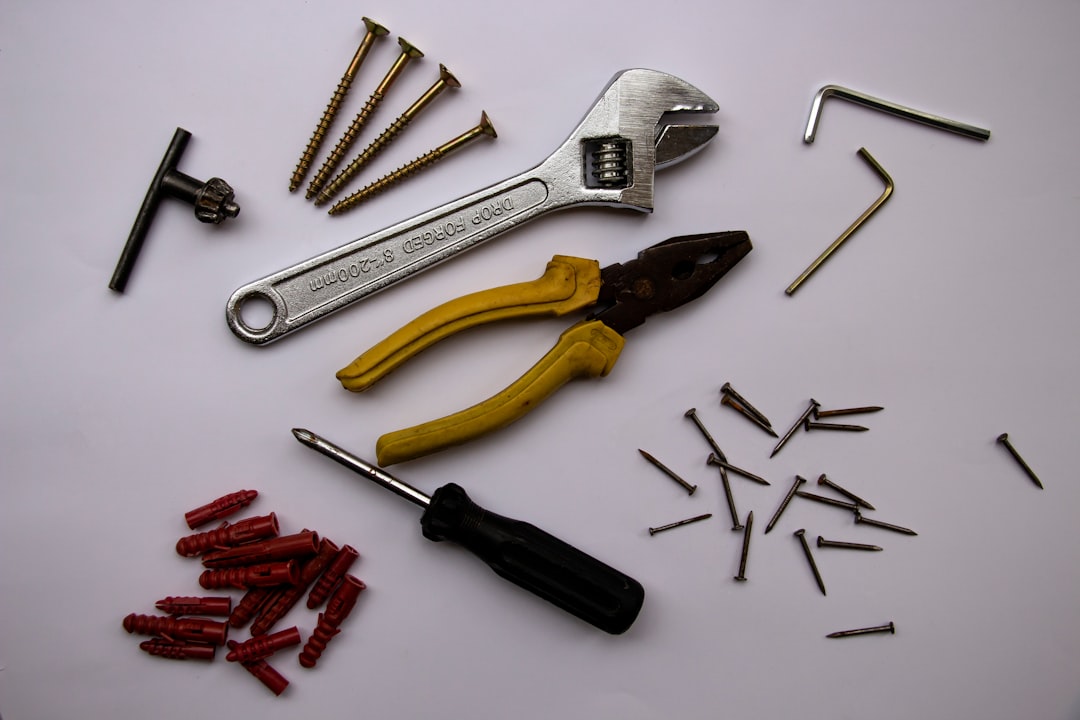
Manufactured home repair services risk missing opportunities when interactions remain strictly offline. A homeowner may see a door hanger after a storm, snap a photo for later, then forget to call. A community manager might keep your brochure but never visit your site. QR codes turn these moments into conversion paths while providing attribution.
Apply QR codes at every offline touchpoint to create measurable growth:
- On-site signage and service vehicles: Place scannable decals on trucks, trailers, and temporary yard signs. Use clear CTAs like “Scan to Schedule a Free Roof Inspection.” Each scan captures spontaneous interest near job sites and funnels it into your booking system with location context.
- Repair documentation and manuals: Add QR stickers to maintenance guides, under-sink cabinets, or inside HVAC access panels. Link to video walkthroughs, parts ordering, or issue-specific request forms that reduce inbound call volume and set accurate expectations.
- Event materials and sponsorships: At home shows or community events, include QR codes on booth displays, handouts, and raffle entries. Segment scans by event and time to identify high-intent audiences for follow-up offers such as seasonal tune-ups.
- Packaging and replacement parts: Include QR stickers with filters, vents, or skirting kits that link to installation guides, safety notes, or warranty registration. Reference product packaging to capture owners and prompt service plans or preventive maintenance.
- Billing, invoices, and door tags: Add QR codes that prompt review submissions, refer-a-neighbor incentives, or enrollment in maintenance programs. The timing aligns with post-service satisfaction, which increases participation.
By integrating QR codes at every offline-to-online intersection, you reduce lead drop-off and create an attributable record of customer interactions. Over time, you will see which assets pull their weight and which are candidates for redesign or retirement.
Use Cases for QR Codes in Manufactured Home Repair Services
QR codes shine when they simplify decisions, reduce friction in emergencies, and create reliable pathways into your scheduling and service systems. The following use cases align with common homeowner needs and common provider workflows.
- On-site repair booking: Yard signs, door hangers, and service vehicle decals can carry codes that route to a streamlined booking form. The outcome is higher conversion from local awareness and fewer missed leads from print-only outreach.
- Instant troubleshooting and education: QR stickers inside manufactured homes or on included manuals can link to short videos and quick-start guides. This reduces avoidable service calls, increases customer satisfaction, and channels complex issues to the right technician from the start.
- Service feedback and referrals: Invoices and post-service leave-behinds can ask customers to scan for a quick review, warranty registration, or referral reward submission. Encourage ratings with Google reviews to turn a satisfied moment into measurable advocacy and upsell opportunities.
For teams that support both homeowners and community managers, these use cases can be tailored with different destinations by audience. For instance, a homeowner might see a consumer-friendly booking portal, while a park manager scans a code that opens a bulk work order form with fields for lot numbers and unit types.
How to Build High-Value Audiences for Retargeting with QR Code Campaigns
Each QR scan captures intent and context that you can use to build powerful audiences for retargeting. For strategic background on signal-driven outreach, see Sona’s intent data guide. When you deploy multiple QR codes across materials and locations, you can segment automatically, then tailor follow-up messages to match the situation.
Start by aligning codes to distinct funnel stages and roles. Awareness scans from yard signs indicate local curiosity and should trigger light nurturing. Consideration scans from manuals suggest an active problem and should trigger educational content. Conversion scans from invoices or quotes may indicate purchase readiness and should trigger scheduling and upsell prompts.
- Create unique QR codes for each journey stage: Use separate codes for event flyers, maintenance guides, post-service leave-behinds, and limited-time offers. Each scan maps to a stage and informs the right cadence of emails or SMS.
- Attach behavior-based tags: Classify scans by intent such as emergency repair, seasonal maintenance, or warranty claim. Tags let you prioritize outreach and tailor messaging to urgency and service category.
- Segment by audience role and location: Distinguish homeowners, park managers, and realtors by the materials they are likely to scan. Add geotags based on scan location to route leads to the nearest crew and inform demand forecasting.
- Sync segments with your CRM and ad platforms: Integrate scan activity with HubSpot, Salesforce, or your preferred CRM to trigger follow-up tasks, nurture sequences, and custom audiences on Meta or programmatic platforms.
With Sona QR, each code becomes a smart entry point. You can dynamically assign tags, score leads based on scan frequency and recency, and send the right content automatically. A homeowner who scans a winterization guide in October might receive a reminder in November plus a coupon for a furnace check, while a community manager who scans an inspection QR at a trade show could receive a case study and a volume discount proposal.
Integrating QR Codes into Your Multi-Channel Marketing Mix
QR codes are more than shortcuts to landing pages. They connect your physical presence with your digital marketing, allowing you to meet customers where they are and carry intent into your systems with attribution. When you place scannable calls to action across channels, you collect data that informs creative, spend, and staffing decisions.
Here is how QR codes enhance your broader marketing strategy in manufactured home repair services:
- Brochures and service collateral: Add QR codes to rate sheets, capability brochures, and seasonal checklists. Send scanners to an appointment scheduler or to a visual gallery of before-and-after repairs. Each scan logs performance by brochure version so you can iterate on what converts.
- Social media promotions and UGC: Include QR codes in community event signage, vehicle wraps highlighted in social posts, or giveaways. Encourage homeowners to submit photos of completed repairs or safety upgrades through a scannable form that builds content and credibility.
- Direct mail to communities and parks: Use direct mail postcards that link to personalized offers for specific communities, such as a discounted inspection day. Scan data tells you which neighborhoods are most engaged and which messages resonate.
- Digital signage and video ads: Feature scannable CTAs on lobby screens, local TV spots, or YouTube pre-roll. Viewers can scan to claim a limited-time offer or book a visit, reducing friction compared to typing a URL.
- Conferences, trade shows, and local events: Place QR codes on booth signage, staff badges, and handouts. Tag scans by time and location to prioritize follow-up with the most engaged prospects and to assess event ROI.
QR codes serve as the offline onramp to your digital engine. With a centralized platform like Sona QR, you can manage all codes in one dashboard, monitor performance by channel and geography, and sync scan activity to your CRM and ad platforms. This integrated view enables you to reallocate budget toward high-performance placements and refine your creative to match what people actually scan.
Step-by-Step QR Campaign Execution Checklist
Launching QR campaigns is straightforward when you follow a structured plan. The steps below adapt to single-location repair teams and multi-region providers alike.
Step 1: Choose your use case
Clarify the business outcome you want so you can design the right journey. Focus on a specific bottleneck and define what success looks like in measurable terms. For manufactured home repair services, examples include storm-repair surge handling, annual inspection sign-ups, or rapid lead capture from job-site signage.
- Define the campaign goal: Examples include increasing inspection bookings via maintenance stickers, boosting review submissions from invoices, or filling a winterization calendar in specific communities.
- Align purpose to outcome: If the aim is speed, use an SMS prefill QR for emergency triage. If the aim is education, link yard signs to a video showing common roof issues in manufactured homes.
- Pick a vertical-specific scenario: For instance, “Sign up for park-wide skirting inspections” at a manufactured home community open house or “Request post-storm roof assessment” during severe weather season.
Step 2: Pick a QR code type
Choose a format that balances user experience with analytics needs. For most campaigns, dynamic codes are preferred because they support tracking, editing, and optimization.
- Static QR codes for fixed destinations: Use these for evergreen resources, like a safety checklist PDF or a universal vCard for your dispatch line. Static codes are simple and do not require ongoing management.
- Dynamic QR codes for trackable journeys: Use these for any campaign where you need data, retargeting, or future flexibility. Dynamic codes let you A/B test destinations, update offers without reprinting, and capture rich scan metadata.
- Match code type to context: For an invoice that will be used for months, dynamic codes allow you to rotate review platforms or incentives. For a permanent in-home safety label, static may be sufficient.
Step 3: Design and test the code
Good design increases scan rates. Treat the QR like a call to action that deserves visual hierarchy and clarity.
- Brand the code and frame: Add your logo, brand colors, and a high-contrast border. Use a short, benefit-driven CTA nearby, such as “Scan to Book Now” or “Scan for Troubleshooting.”
- Ensure scannability: Test on iOS and Android, from different angles, distances, and lighting conditions. Use sufficient size for viewing distance, print with matte finishes to reduce glare, and provide a short URL as a fallback.
- Localize content: If the code will appear in multiple communities, consider dynamic links that geolocate and prefill the community name or nearest branch to reduce friction.
Step 4: Deploy across high-impact channels
Place your codes where your audience looks and where scanning is natural. Test multiple placements, then shift volume toward what performs.
- Prioritize relevant media: For manufactured home repair, focus on service vehicles, yard signs near active jobs, door hangers after inspections, community bulletin boards, invoices, and manuals.
- Match placement to behavior: Use large codes with simple CTAs for passersby to scan from several feet away, such as on fences or trucks. Use smaller codes with detailed CTAs for close-range scans, such as on invoices or inside manuals.
- Coordinate with partners: Work with park offices to place QR-enabled maintenance posters in common areas. Offer co-branded signage with a unique code per property to capture attribution.
Step 5: Track and optimize
Treat QR like any digital performance channel. Review data, run experiments, and iterate quickly.
- Use analytics tools: Platforms like Sona QR track scans by time, location, device, and campaign source. Monitor conversion rates from scan to booking or form completion.
- Identify drop-off points: If scans are high but bookings are low, test a shorter form, a different CTA, or a more mobile-friendly landing page. Adjust offers based on seasonality and local conditions.
- A/B test and refine: Compare code designs, frames, CTAs, and destinations. Experiment with incentives such as “Scan for $25 off first service” to increase response, then measure ROI before scaling.
Tracking and Analytics: From Scan to Revenue
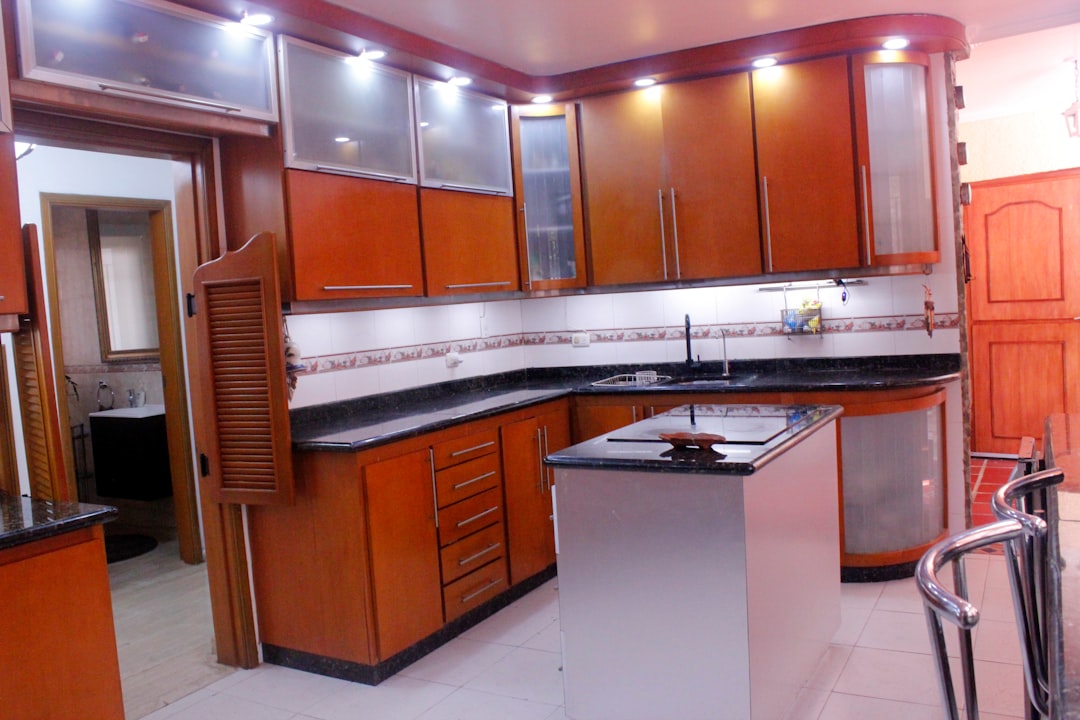
Manufactured home repair services often struggle to connect offline engagement to revenue. Door hangers generate calls, but attribution is murky. Yard signs create interest, but you rarely know how many leads they produced. QR analytics close that loop; see Sona’s offline attribution guide, which captures the who, where, and when of each interaction and maps it to outcomes.
With a platform approach, your team can see more than just raw scan counts. You can link scans to appointments, revenue, and retention, then optimize placement and creative based on real performance. This clarity enables better forecasting and staffing, especially during seasonal surges or post-storm spikes.
- Track every scan with context: Capture time of day, approximate location, device type, and referring channel where applicable. Use this data to identify peak periods and high-performing neighborhoods.
- Measure engagement by placement and media: Compare scans from yard signs, invoices, manuals, and events. Map scans to bookings and closed tickets to understand which assets create the best customers.
- Respond in real time: When a storm hits and scan volume rises on roof-assessment codes, route leads automatically to your storm-response team. Adjust capacity and shift marketing spend where intent appears.
- Sync with your CRM for end-to-end visibility: Push scan events to HubSpot or Salesforce so sales and dispatch have the full context. Enrich contact records with scan history, then trigger automated follow-ups.
- Attribute revenue and retention: Tie closed tickets and repeat service enrollments back to the originating QR event, even across multiple touches. This lets you prove the ROI of print and field assets and justify scaling what works.
Sona QR captures real-world engagement at the code level. Combined with Sona.com, you can unify fragmented touchpoints across the buyer journey, link QR scans with website visits and email engagement, and run multi-touch attribution that assigns credit to the physical assets that started the conversation. The result is a complete picture from first scan to booked service and renewal.
Tips to Expand QR Success in Manufactured Home Repair Services
Expanding QR performance is about consistency, clarity, and follow-through. Choose tips that align with your most common materials and the journey you want customers to take.
- Use unique QR codes for each asset and location: Assign distinct codes to every yard sign, truck, brochure version, and partner property. This granularity helps you identify which placements generate the most revenue and informs future allocation.
- Add UTM parameters to every destination: Tag scans by source and medium, such as utm_source=yard_sign and utm_medium=print. Consistent tagging makes it easier to analyze performance in analytics tools and to connect scans to downstream conversions.
- Trigger automated follow-ups after each scan: Send a thank-you SMS with a booking link, an email with prep instructions, or a survey request after service. Automation ensures no scan goes unaddressed and keeps momentum high.
- Educate staff and customers on the value: Train technicians to point out QR stickers during service and to explain how they help with fast scheduling or warranty registration. Include clear, benefit-focused CTAs so customers know what to expect when they scan.
Creative deployment examples include QR codes on refrigerator magnets for emergency support in manufactured home communities, and QR codes on storm-response door tags that open a photo upload tool for documenting damage. Both examples reinforce utility while collecting data you can act on immediately.
Final Thoughts
QR codes are a strategic lever for manufactured home repair businesses seeking to resolve issues like missed leads, delayed response, and lack of marketing visibility. By enabling instant, measurable connections at every touchpoint, teams can quickly move from initial prospect interest to closed revenue, capitalizing on customer intent that is often lost using traditional methods.
Embedding QR codes across vehicles, materials, invoices, and events empowers businesses to capture interest in the moment, deliver a clear and convenient experience, and attribute outcomes to the assets that perform. As you scale, dynamic management and analytics help you refine placements, messages, and offers based on proven results rather than guesswork.
- Capture immediate interest: Convert every flyer, door hanger, or yard sign into a tracked lead source that routes to booking or triage.
- Deliver a seamless experience: Replace analog friction with one-scan actions for scheduling, education, and support.
- Act on actionable data: Tie scans to appointments, revenue, and retention so you can invest in what works and retire what does not.
With Sona QR, you have everything required to generate branded QR codes, manage dynamic destinations, track scans across channels, and sync data to your CRM and ad platforms. Start creating QR codes for free.
Implementing QR codes throughout manufactured home repair services streamlines lead collection, increases service conversions, and delivers measurable results. By leveraging advanced platforms and analytics, every scan becomes an opportunity to engage prospects ahead of competitors, enrich your CRM with actionable insights, and track campaign impact as customers move across offline and online channels. Now is the time to make every printed surface a performance channel and every scan a step toward a stronger, more connected business.
Conclusion
QR codes have revolutionized the manufactured home repair services industry by transforming traditional, paper-based information into instant, interactive access points. Whether it’s streamlining repair instructions, enabling easy booking of services, or providing on-the-spot troubleshooting guides, QR codes enhance customer experience and operational efficiency simultaneously. Imagine homeowners and technicians scanning a code to get immediate, tailored repair details or schedule follow-ups without delay—saving time and boosting satisfaction.
With Sona QR, you gain the power to create dynamic, trackable QR codes that can be updated instantly without reprinting, ensuring your repair services stay relevant and responsive. Every scan provides actionable insights, helping you understand customer needs and optimize your service delivery. Start for free with Sona QR today and turn every scan into a seamless connection, stronger customer relationships, and increased business growth.
FAQ
What are the common issues in manufactured homes that require repair?
Common repair issues include roof leaks, plumbing problems, skirting inspections, and maintenance needs like winterization and storm damage assessments.
How can I find a reputable manufactured home repair service near me?
Look for services that use modern tools like QR codes for easy booking and communication, have clear local presence via signage and community materials, and integrate with CRM systems for reliable scheduling.
What are the costs associated with manufactured home repairs?
Costs vary by repair type but using QR codes can provide instant access to cost estimates and quotes, helping homeowners understand pricing before scheduling service.
What are the best practices for maintaining a manufactured home to prevent repairs?
Regular inspections, seasonal maintenance like winterization, monitoring for storm damage, following troubleshooting guides, and scheduling timely repairs using QR-enabled booking enhance home upkeep.
How do I know if my manufactured home needs professional repair services?
Signs include visible damage, leaks, or malfunctioning systems; homeowners can scan QR codes on manuals or door hangers to access troubleshooting guides or request professional inspections.
How do QR codes improve manufactured home repair services?
QR codes connect physical marketing to digital actions, enabling instant booking, tracking leads, automating follow-ups, providing repair information, and offering measurable attribution for marketing efforts.
What types of QR codes are useful for manufactured home repair services?
Useful formats include web links for booking and guides, contact vCards for saving dispatch info, SMS or email prefill for quick contact, Wi-Fi access for technicians, document downloads, and app download links.
Where should QR codes be placed to maximize engagement in manufactured home repair?
Effective placements include service vehicles, yard signs, door hangers, maintenance manuals, invoices, event materials, product packaging, and community bulletin boards.
How can manufactured home repair services track the effectiveness of their QR code campaigns?
By using platforms that capture scan data including time, location, device, and source, linking scans to bookings and revenue, automating follow-ups, and syncing with CRM systems for full attribution.
What steps should be followed to launch a successful QR code campaign for manufactured home repair services?
Steps include defining the campaign goal, selecting the right QR code type, designing and testing the code for clarity and scannability, deploying across high-impact channels, and tracking and optimizing performance.





















